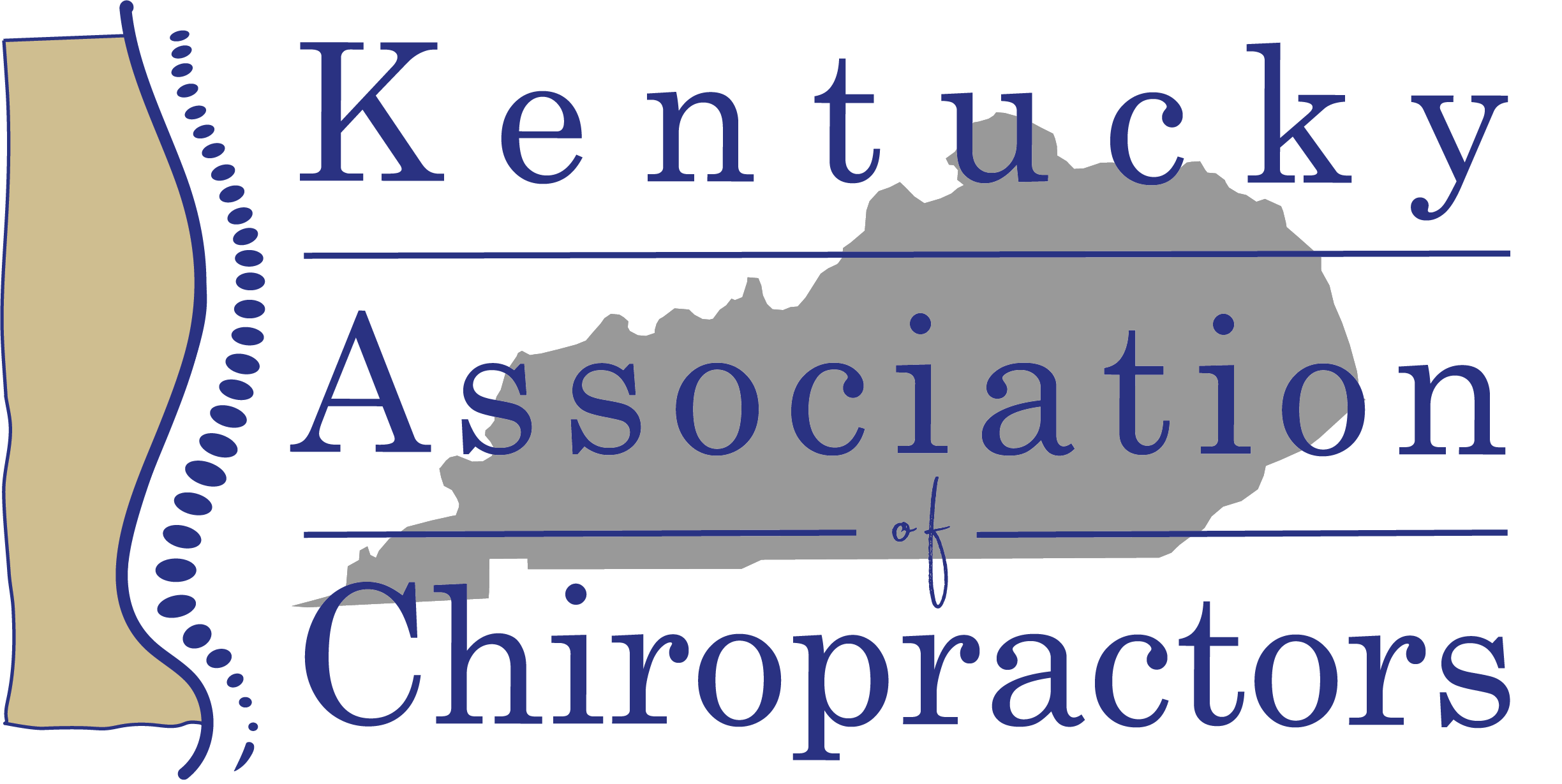Research Center

New Systematic Review Shows Chiropractic Care Leads to Lower Healthcare Costs for Spinal Pain
PRESS RELEASE In a recent systematic review study by Farabaugh et al. featured in Chiropractic & Manual Therapies, compelling findings underscored the value of chiropractic care for patients experiencing spine-related musculoskeletal pain. The study revealed that...

Cost of chiropractic versus medical management of adults with spine-related musculoskeletal pain: a systematic review
Abstract Background The cost of spine-related pain in the United States is estimated at $134.5 billion. Spinal pain patients have multiple options when choosing healthcare providers, resulting in variable costs. Escalation of costs occurs when downstream costs are...

Study Also Shows Plurality of Patients with New-Onset Neck Pain First Visited a Chiropractor
The Foundation for Chiropractic Progress (F4CP), a not-for-profit organization educating the public about the benefits of chiropractic care, highlights a new study published in Spine showing that a plurality of patients with new-onset neck pain first visited...

A risk–benefit assessment strategy to exclude cervical artery dissection in spinal manual-therapy: a comprehensive review
Full article here: https://www.tandfonline.com/doi/full/10.1080/07853890.2019.1590627 Abstract Cervical artery dissection refers to a tear in the internal carotid or the vertebral artery that results in an intramural haematoma and/or an aneurysmal dilatation. Although...

Database coverage and their use in systematic reviews regarding spinal manipulative therapy: an exploratory study
In Appendix 1, you can find a list of about 100 systematic SMT reviews on any patient-reported outcome that we could find. In Appendix 2, you can find the 442 references from those reviews. If you're looking for research - there is something in here for everyone...

How to better deal with the coming cold, flu, and COVID season
Prior to the emergence of COVID, I did not spend a lot of time studying what types of patients suffer more with viral infections. What I did know for sure was that people who suffered with flu symptoms often did not test positive for the actual flu, which means that...
